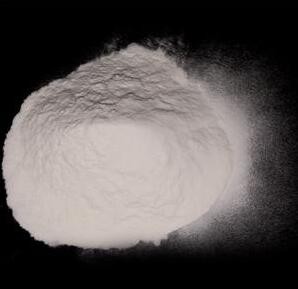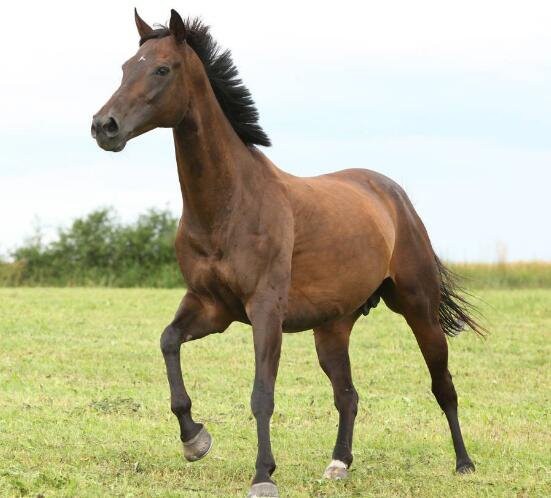Please send me an email
Follow Us:
CAS Number: 72-19-5
Molecular formula: C4H9NO3
Molecular weight: 119.12
EINECS number: 200-774-1
D threonine, an amino acid realistic from numerous proteins. One of the last amino acids to be secluded (1935), d threonine is one of a few supposed fundamental amino acids; i.e., creatures can’t integrate it and require dietary sources. DL threonine is orchestrated in microorganisms from the amino corrosive aspartic acid.
English name: L-Threonine
English synonyms: L-2-AMINO-3-HYDROXYBUTANOICACID;L-2-AMINO-3-HYDROXYBUTYRICACID;L-THR;L(-)-THREONIChemicalbookNE;L-THREONINE;HL-THR-OH;H-THR-OH; H-THR-OH-THREONINE
CAS Number: 72-19-5
Molecular formula: C4H9NO3
Molecular weight: 119.12
EINECS number: 200-774-1

Amino acids are the sub-atomic structure blocks of proteins. Proteins have many capabilities in the body; they structure underlying parts of cells, go about as chemicals and go about as compounds that complete metabolic cycles.
Ponies that have deficient protein or dl threonine admission could insight:
Unfortunate foot and coat quality
Diligent exhaustion
Slow recuperation from ailment
Loss of bulk
Whenever a fundamental amino corrosive is inadequate with the eventual result of restricting protein union, it is known as a “restricting” amino corrosive. Lysine, dl threonine, and methionine are commonly viewed as the first, second, and third restricting amino acids in equine weight control plans.
Oat grains and grasses that make up a significant part of the pony’s eating routine are normally low in these three amino acids. Vegetables, for example, hay and soybeans are ordinarily higher in protein and give more lysine, d threonine, and methionine.

Where to buy L-threonine?
Just send email to info@greenagribio.com , or submit your requirement in bottom form, we are of service at any time!
Hot Tags: d threonine